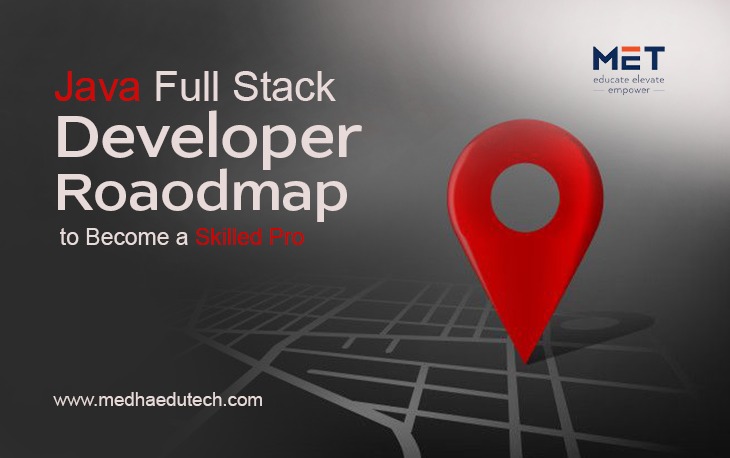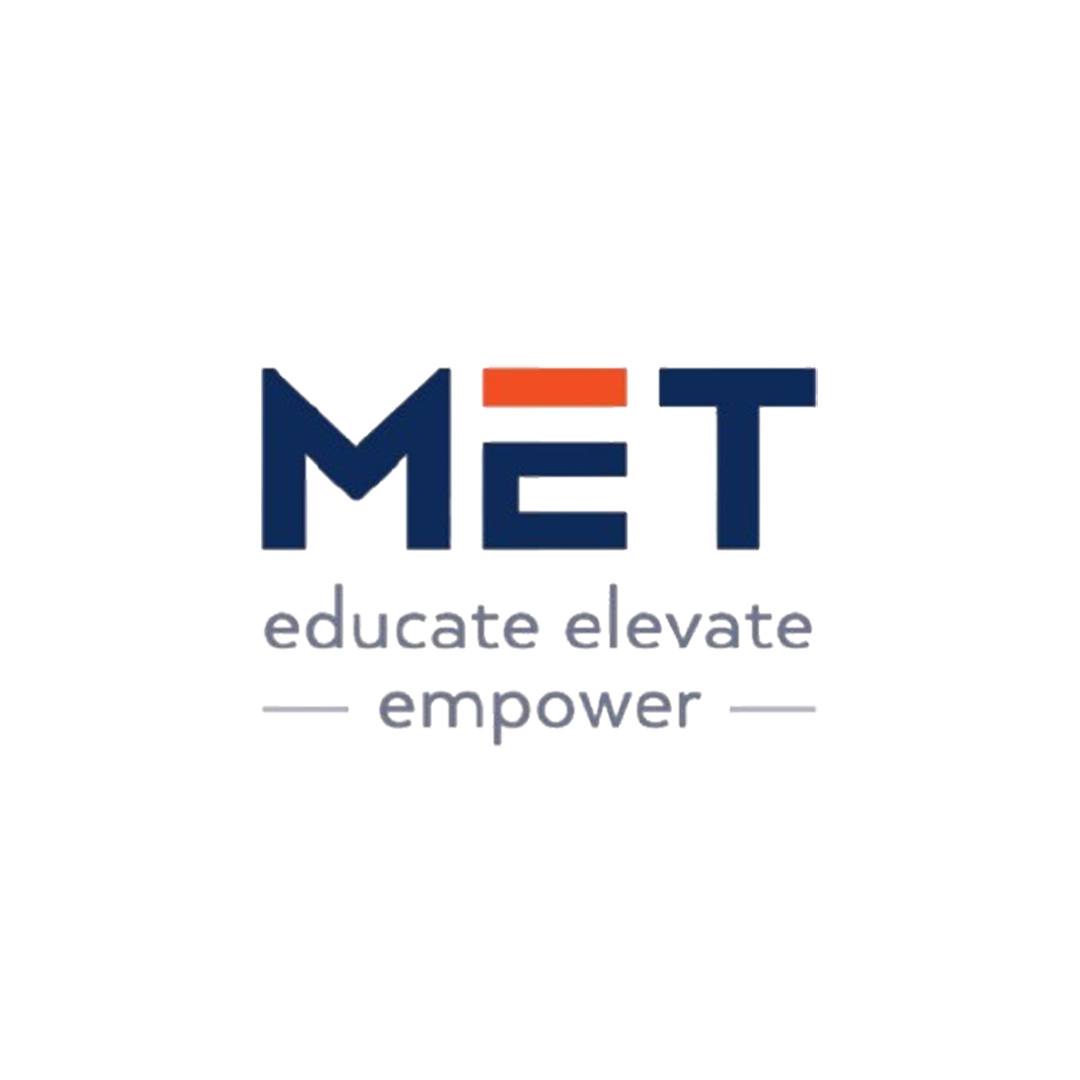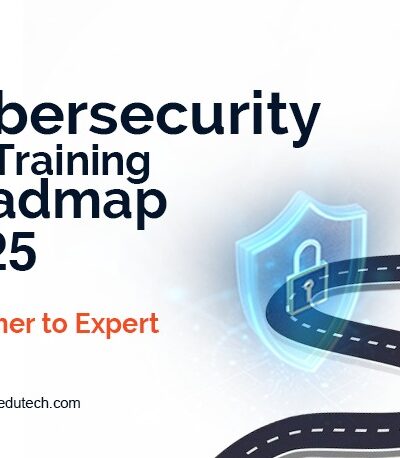In 2025, Java Full Stack Development continues to rank among the most in-demand, high-paying, and future-proof career paths in the software industry. From startups to multinational corporations, companies across the globe are seeking skilled full stack Java developers who can build dynamic, scalable, and secure applications. Whether you’re a fresher starting your programming journey or a working professional aiming to upgrade your skills, enrolling in a full stack Java developer course can open doors to a wide range of roles—including web application development, enterprise software engineering, API creation, and backend integration.
A well-structured full stack Java course doesn’t just teach you Java programming—it equips you with complete end-to-end development skills, including frontend technologies like HTML, CSS, JavaScript, and React, and backend expertise using Spring Boot, Hibernate, and REST APIs. This makes you a complete developer capable of handling both client-side and server-side programming.
Whether you’re looking for full stack Java developer training to switch careers or to boost your resume with in-demand skills, mastering full stack development gives you a competitive edge. In this article, we walk you through a detailed, step-by-step roadmap to becoming a successful Java Full Stack Developer—starting from Java basics to building full-scale projects that can help you land interviews and job offers from top companies.
Step 1: Master Core Java (Beginner Level)
Duration: 2–3 Weeks
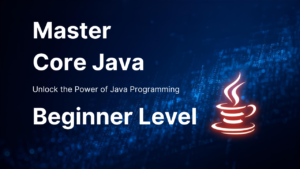
The first and most crucial step in your journey to becoming a Java Full Stack Developer is building a strong foundation in Core Java. Whether you’re a beginner or someone brushing up your skills, this stage is where your logic-building and problem-solving abilities are formed. Every reputed full stack Java developer course begins here—because everything you build later (from web apps to APIs) will rely heavily on these basics.
As part of your full stack Java developer training, you’ll dive deep into the building blocks of programming. You’ll understand how Java handles data, structures code, and performs logical operations. Object-Oriented Programming (OOP) plays a central role in Java, and mastering OOP principles is critical for working with frameworks like Spring and Hibernate, which are core parts of the backend in any java full stack course.
You’ll also learn about exception handling to manage errors, and Java Collections—used extensively in real-world applications to store, sort, and manipulate data. Whether you’re enrolled in a classroom or online full stack java developer course, these concepts will empower you to write clean, efficient, and scalable code.
Topics to Cover:
- Data Types, Variables, and Operators
Learn how Java handles primitive and reference types, how to declare variables, and how operators are used to perform calculations and logical operations. - Conditional Statements and Loops
Build decision-making logic using if, else, switch, and loop through data with for, while, and do-while loops. - Object-Oriented Programming (OOP)
Understand and apply OOP principles:- Classes & Objects – The blueprint of Java
- Inheritance – Reusability of code
- Polymorphism – Same interface, different implementation
- Encapsulation – Data hiding and security
- Exception Handling
Learn to gracefully manage runtime errors using try, catch, finally, and custom exceptions. - Basic Input/Output
Read from the keyboard and write to the console using Java I/O classes. - Java Collections (List, Map, Set, etc.)
Store and manipulate groups of objects with powerful built-in data structures like ArrayList, HashMap, HashSet, etc.
Why it matters:
This step lays the groundwork for the rest of your full stack java training. Without mastering Core Java, you’ll struggle with backend frameworks, API development, and even debugging issues. That’s why the best full stack Java courses make sure you’re 100% confident with these fundamentals before moving forward.
Whether you’re enrolled in a weekend Java full stack course in Hyderabad or taking a self-paced program online, don’t rush this stage. It’s the backbone of your success as a full stack java developer.
Step 2: Learn JDBC and Java APIs
Duration: 1–2 Weeks
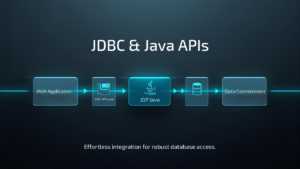
Once you’ve built a solid foundation in Core Java, the next important step in your Full Stack Java Developer roadmap is understanding how Java interacts with databases. This is where Java Database Connectivity (JDBC) comes into play. JDBC is a vital concept in every full stack java developer course because it teaches you how to build real-world, data-driven applications that store and retrieve information from relational databases.
In this phase of your full stack java developer training, you’ll learn how to perform essential database operations such as Create, Read, Update, and Delete (CRUD) using SQL statements and Java. You’ll explore key JDBC components such as Connection, Statement, Prepared Statement, and Result Set—which are widely used in enterprise-grade applications.
Connecting Java with popular databases like MySQL or PostgreSQL is an essential skill for anyone pursuing a career as a java full stack developer. Understanding how to structure queries and handle database responses enables you to build the backend logic that powers most web applications.
Along with JDBC, this stage of your java full stack course should also include working with Java I/O streams, which allow you to read from and write to files and other data streams. You’ll also get introduced to powerful enhancements introduced in Java 8, such as Lambda expressions, Streams API, and Functional Interfaces—tools that make your code more concise, efficient, and modern.
Topics to Cover:
- CRUD Operations Using JDBC and SQL
Learn how to Create, Read, Update, and Delete records from a database using SQL queries in Java. - Working with JDBC Objects
Understand how to use:- Connection – to establish a database link
- Statement and PreparedStatement – to execute queries
- ResultSet – to process query results
- Integration with Databases (MySQL/PostgreSQL)
Learn how to connect Java applications with MySQL or PostgreSQL, two of the most widely-used relational databases in the industry. - Java I/O Streams
Understand FileInputStream, FileOutputStream, BufferedReader, BufferedWriter, and how Java handles file reading and writing. - Java 8 Features
- Lambda Expressions – Simplify function implementation
- Streams API – Perform operations on data collections
- Functional Interfaces – Implement cleaner and more modular code
Why it matters:
JDBC and Java APIs are essential in any full stack java developer course because they connect the logic you write in Java to the data stored in your databases. These skills ensure that you’re not just writing standalone code, but building real, interactive systems. Whether you’re developing a login system, an e-commerce cart, or a data dashboard, mastering these tools is non-negotiable in becoming a successful full stack java developer.
This step bridges the gap between backend logic and database management, a core skillset for anyone enrolling in a java full stack course or attending full stack java developer training programs.
Step 3: Learn Front-End Technologies (UI Layer)
Duration: 3–4 Weeks
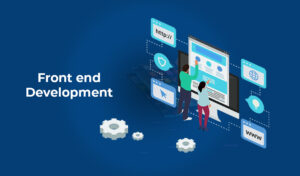
To become a well-rounded Java Full Stack Developer, mastering front-end technologies is just as important as backend skills. Every comprehensive full stack Java developer course includes front-end development training to help you build engaging, responsive, and intuitive web interfaces that work seamlessly with your backend systems.
HTML outlines the structure of the page, while CSS adds design and visual appeal to bring it to life.
Then, move on to JavaScript (ES6+), which brings interactivity to your websites—like animations, form validations, and dynamic content updates.
In your full stack Java developer training, you’ll also explore DOM (Document Object Model) manipulation, which allows you to dynamically access and update content on the page without reloading. Tools like Bootstrap will help you build mobile-friendly and responsive layouts faster, which is a crucial requirement in today’s mobile-first world.
If you’re ready to take your front-end development to the next level, optional frameworks like React.js or Angular are highly recommended. These are modern JavaScript libraries used to create Single Page Applications (SPA)—a must-have skill in any professional java full stack developer toolkit.
Topics to Cover:
- HTML5 & CSS3
Learn how to build structured and beautifully styled web pages using semantic tags and modern layout techniques (like Flexbox and Grid). - DOM Manipulation
Use JavaScript to dynamically update HTML elements, handle events (clicks, form submits), and create real-time feedback. - Bootstrap Framework
Create mobile-friendly, responsive websites by leveraging ready-made components, grid layouts, and utility classes for faster and more efficient design. - Optional (Advanced): React.js or Angular
Learn how to create fast, scalable, and user-friendly Single Page Applications (SPAs) using React or Angular. This skill adds great value to your profile as a java full stack developer.
Why it matters:
A great Java Full Stack Developer doesn’t just build powerful backend systems—they also craft clean, functional, and user-centric frontends. That’s why the best full stack Java developer courses emphasize UI development. Without a strong user interface, even the most advanced backend logic won’t deliver a great user experience.
Whether you’re enrolled in an online java full stack course or attending full stack java developer training in Hyderabad or elsewhere, make sure you dedicate sufficient time to front-end development. It completes the picture and makes you job-ready for full stack roles in top companies.
Step 4: Java Servlets and JSP (Web Layer)
Duration: 2–3 weeks
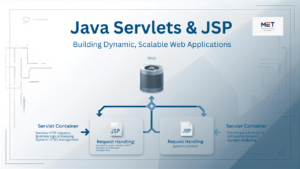
- Learn Servlets: Request, Response, Filters, Listeners
- Understand Java Server Pages (JSP)
- Implement MVC architecture
- Use JSTL and custom JSP tags
- Grasp how server-side rendering works in full stack Java
- Essential for any full stack java developer training
Step 5: Spring Framework (Backend Layer)
Duration: 4–5 weeks

- Start with Spring Core:
- Inversion of Control (IoC)
- Dependency Injection (DI)
- Bean lifecycle, Autowiring
- Move to Spring Boot:
- Build REST APIs
- Use Controllers, Services, Repositories
- Handle exceptions
- Implement Spring Data JPA with Hibernate
- Core of every java full stack developer course
- Most demanded skill in full stack java development
Step 6: Build RESTful APIs
Duration: 1–2 weeks

- Learn HTTP methods: GET, POST, PUT, DELETE
- Handle JSON request & response formats
- Create REST APIs using Spring Boot
- Test APIs with Postman
- Must-have for every java full stack developer
Step 7: Master Databases & ORM Tools
Duration: 2 weeks
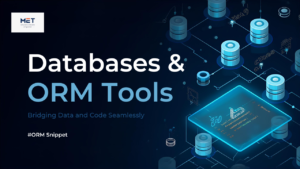
- Master SQL: Joins, Indexing, Normalization
- Work with MySQL or PostgreSQL
- Learn Hibernate ORM with Spring Data JPA
- Understand Entity-Relationship Models
- Essential database layer for full stack java developers
Step 8: Learn Tools, DevOps & Version Control
Duration: 1–2 weeks
- Use Git and GitHub for version control
- Learn Maven or Gradle (build automation)
- Understand Jenkins basics for CI/CD
- Explore Docker for containerization (optional)
- Adds real-world DevOps skills to your java full stack course
Step 9: Hosting & Deployment
Duration: 1–2 weeks
- Deploy applications on Heroku, Render, AWS EC2, or DigitalOcean
- Use GitHub Actions for CI/CD automation
- Add live project links to your resume and GitHub
- Demonstrates complete deployment skills in a full stack java developer course
Step 10: Build Projects + Placement Preparation
Ongoing
- Real-world Projects:
- Employee Management System
- Online Shopping Cart
- Blog Application
- Student Portal REST API
- Job Prep:
- Practice coding on HackerRank, LeetCode
- Revise Java, SQL, Spring Boot concepts
- Resume building, LinkedIn optimization
- Mock technical + HR interviews
- Vital for career success after your full stack java developer training
Completing a Java Full Stack Developer Course equips you with an in-demand skillset that opens doors to exciting and high-paying tech roles, including:
- Full Stack Java Developer
- Backend Java Developer
- Spring Boot Developer
- Java Web Developer
- Software Engineer
With expertise spanning front-end, back-end, databases, and frameworks, you’ll be industry-ready to contribute to real-world projects from day one.
Where to Learn Full Stack Java in Hyderabad?
Looking for the best Java training institute in Hyderabad with placements Support?
Look no further than Medha EduTech!
We’re recognized as one of the top institutes for Java full stack developer training in Hyderabad, and here’s why:
- Expert Mentorship from Industry Professionals
- Placement Support with Resume Building & Mock Interviews
- Real-Time Project-Based Learning
- Hands-on Training in Spring Boot, Hibernate, APIs, and Front-end Tools
- Friendly, Student-Centric Learning Environment
Whether you’re a fresher, working professional, or a career switcher, Medha EduTech helps you transform into a confident, job-ready full stack developer.
Final Takeaway: Your Java Career Starts Here
Becoming a Full Stack Java Developer is a future-proof decision in 2025. With this roadmap, dedication, and the right training partner, you can go from beginner to hired in just 4–6 months.
Join Medha EduTech — the best Java training institute in Hyderabad — and kickstart your journey to becoming a full stack Java pro. Let us guide you from classroom to career, with the mentorship, projects, and placement support you truly deserve.

